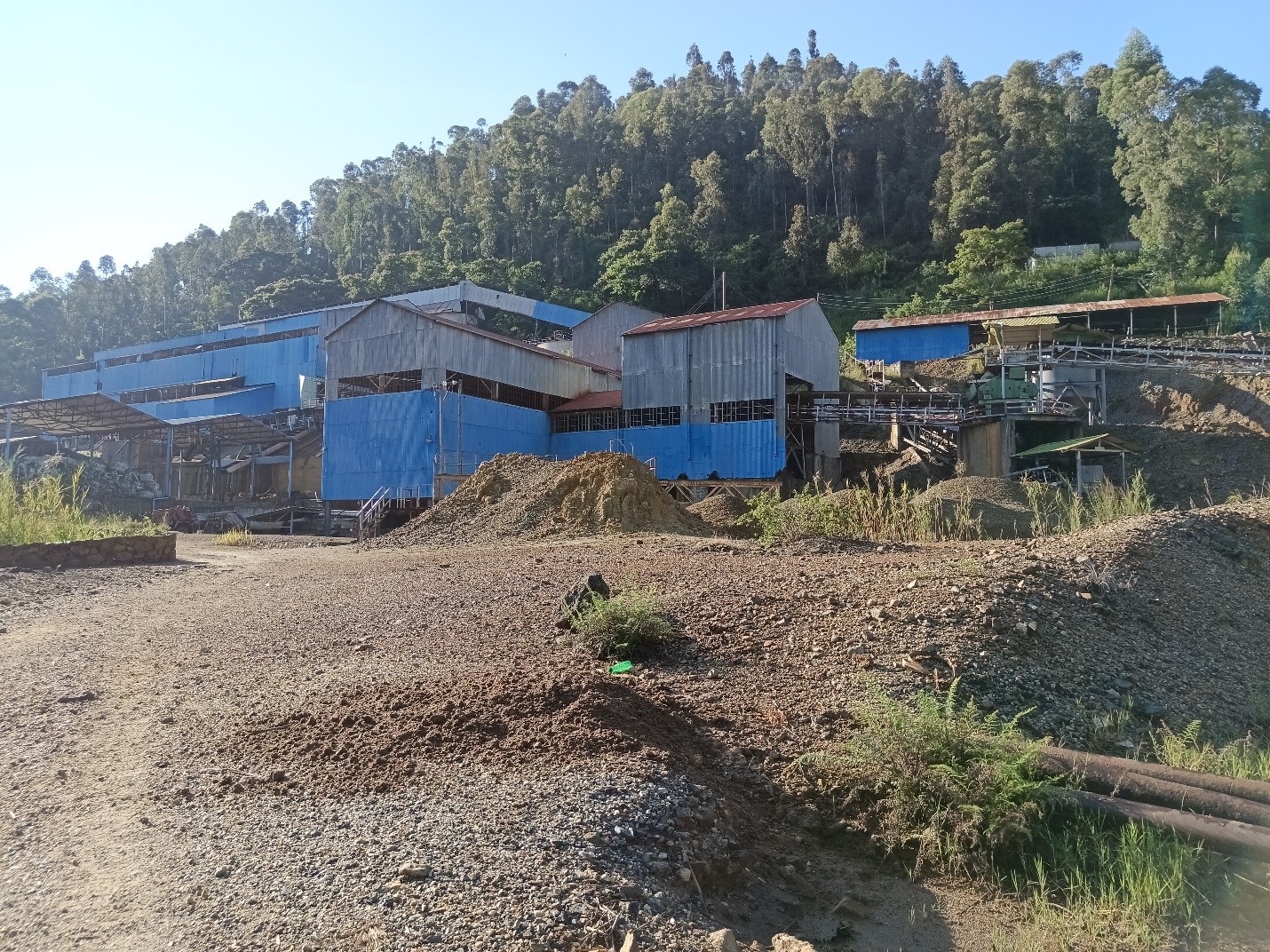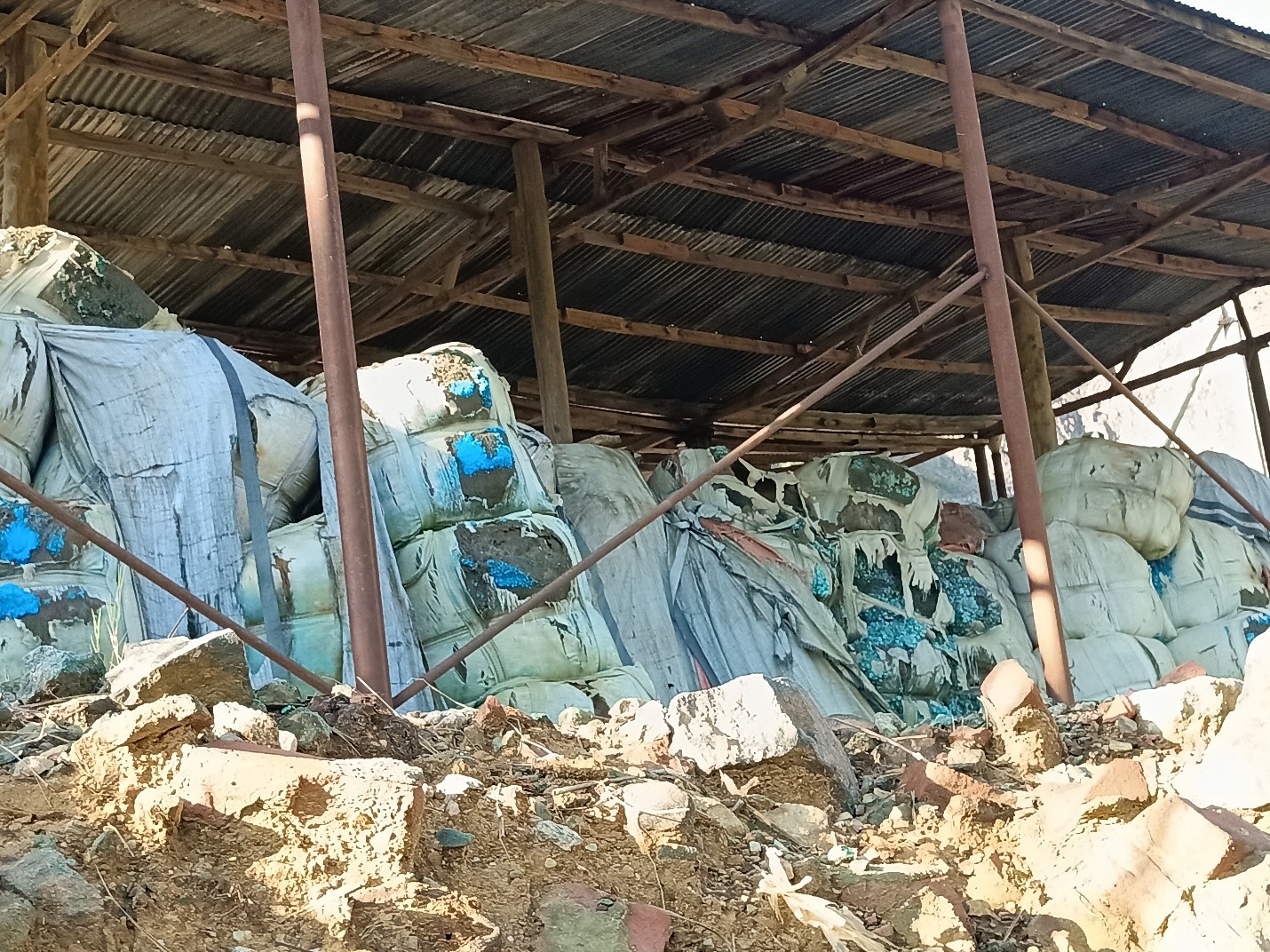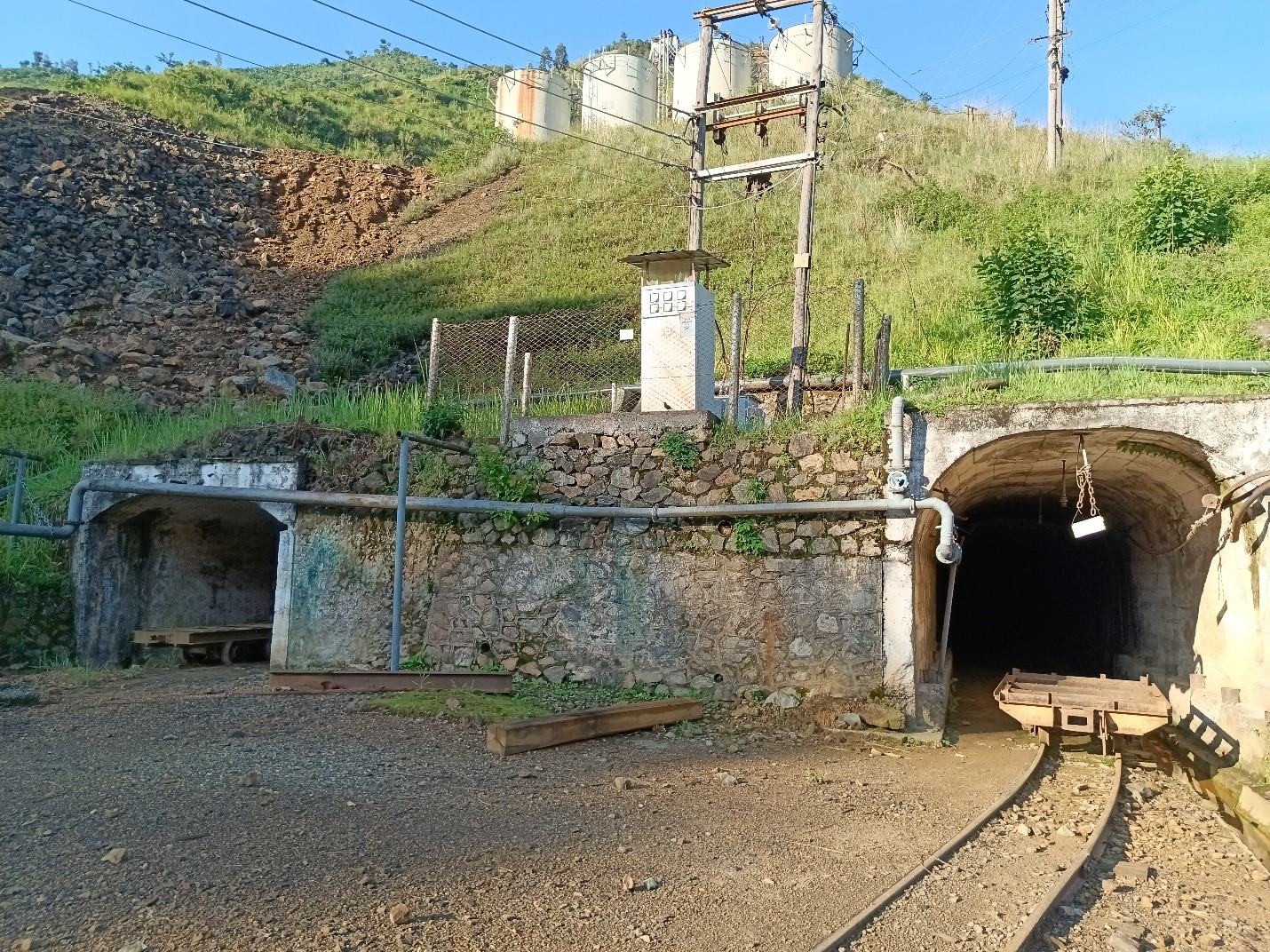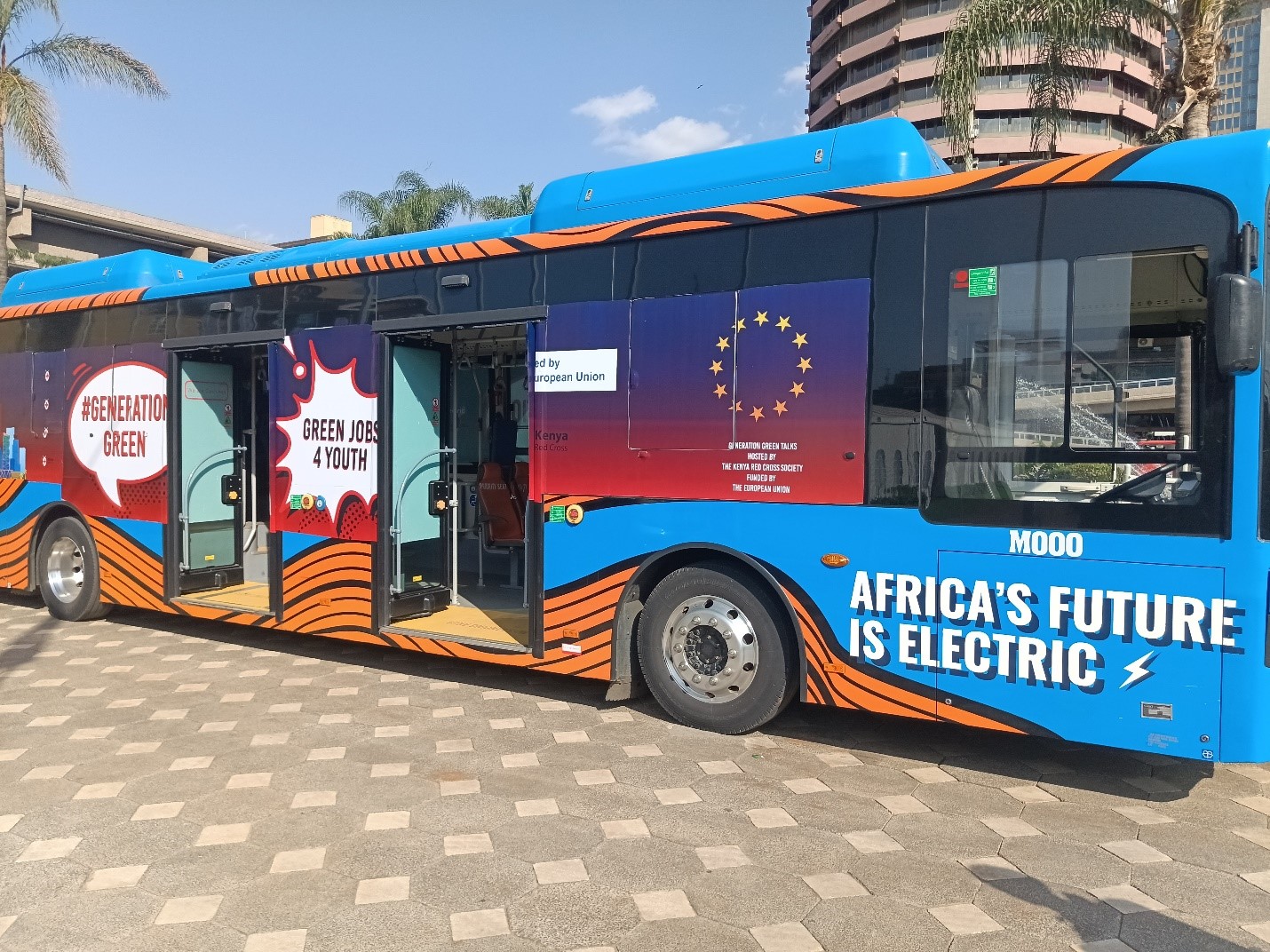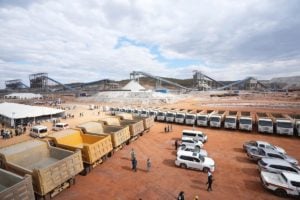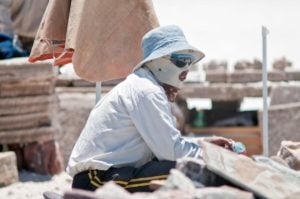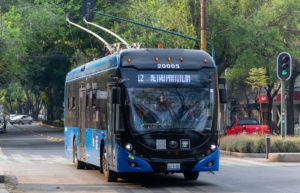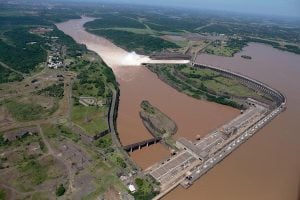The Ugandan government is keen to restart copper and cobalt extraction at the Kilembe mines in the west of the country, near the border with the Democratic Republic of the Congo.
It wishes to tap into the growing global demand for minerals, like cobalt, needed to manufacture electric vehicle (EV) batteries.
In December 2023, the government received four bids to revitalise the mine – from Gingko Energy, Liaoning Hongda (trading as Wagagai Mining), Sinomine Power China, and Sarrai Group – reported national newspaper The Observer.
Uganda is yet to announce its preferred bidder. The successful company would partner with Kilembe Mines Ltd (KLM), which is 99% owned by the government.
A chequered past
The Kilembe mines are thought to possess four million tonnes of ore that is 1.98% copper and 0.17% cobalt, according to Reuters.
Copper was mined there from 1956 until 1982, when production was halted partly due to low copper prices and ageing equipment.
In 2013, Chinese company Tibet Hima won a 25-year concession to rehabilitate and run the mines. However, the government went on to terminate the concession citing slow progress and missed targets.
Alex Kwatampora, president of the Geological Society of Uganda, tells Dialogue Earth that Tibet Hima had by that point already mined over 15,000 tonnes of copper ore, ready for export. Kwatampora explains that the arrangement did not align with Uganda’s new focus on adding value by processing minerals locally.
“We already have a factory at Namanve in Kampala producing wires and electric transformers. The government should build a smelter plant or a cobalt factory in Uganda,” Kwatampora says.
Dialogue Earth spoke to Goville Kasiano, who started working at KLM in 1973 as an underground miner. Of the Tibet Hima concession era, Kasiano says: “They were only mining copper from support pillars, which was dangerous to the lives of the workers.”
Tibet Hima for its part has recently petitioned the government to investigate the termination of its contract. The company says it has been treated unfairly and suffered heavy financial losses, despite having upgraded the existing facilities and pumped Kilembe’s waterlogged underground mines.
Green potential
Despite these challenges, the government continues to seek new partners for the Kilembe mine. If production restarts, some hope a portion of the mined copper and cobalt could be used in Uganda to build EV batteries. However, no public statements have been made to that effect, and the 2020 National Industrial Policy does not mention EVs.
Nonetheless, Uganda is taking steps towards clean energy generation and transport. Hydropower plants like the Nyamwamba II are providing clean energy and the government is subsidising EV production through companies such as Kiira Motors, which is 96% state-owned. According to Kwatampora, funding by the government to support Kiira, and the passing of legislation to ban the import of old fossil-fuel vehicles, will help reduce CO2 emissions in the country.
Celeste Vogel is the CEO of eWAKA, a Nairobi-based company that sells and rents e-bikes and e-scooters. She says eWAKA is aiming to expand its sales to Uganda: “We are establishing charging ports in our major cities for our clients, whether for commuters or commercial [use].”
Vogel says that for the East African region to shift from fossil fuels, emphasis should be placed on exploring and exploiting its critical minerals: “We need to expedite production of locally made batteries to transition to clean energy.”
If the revival of the Kilembe copper mine is to help Uganda, it will require careful planning, responsible investment, and a focus on environmental sustainability. In doing so, Uganda could set an example for how African countries can leverage their resources not only to drive economic growth, but also to transition to a cleaner-energy future.
This article was produced as a result of a grant and workshop programme organised by Dialogue Earth and the Africa-China Reporting Project at the Wits Centre for Journalism, University of the Witwatersrand, Johannesburg.
